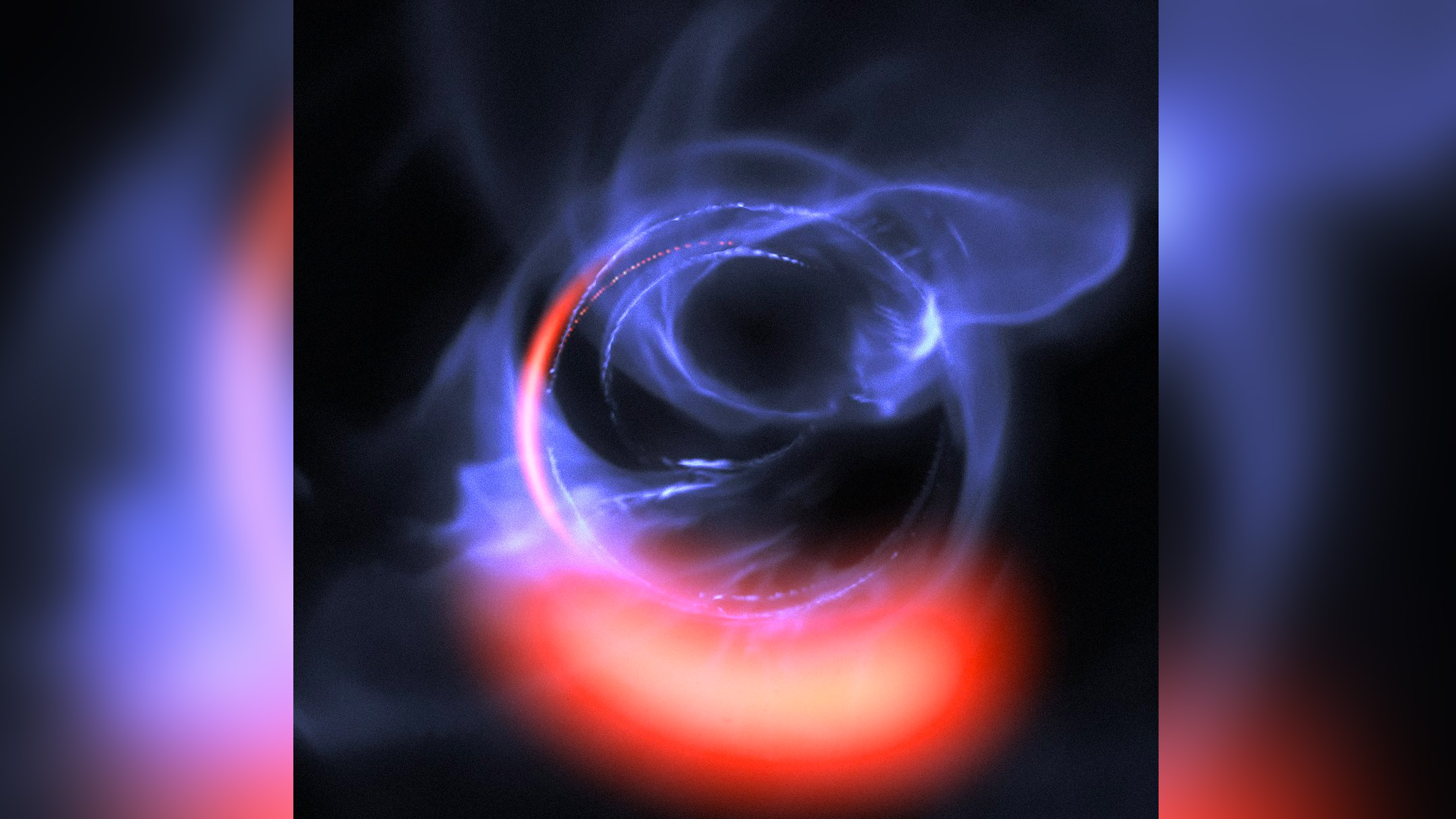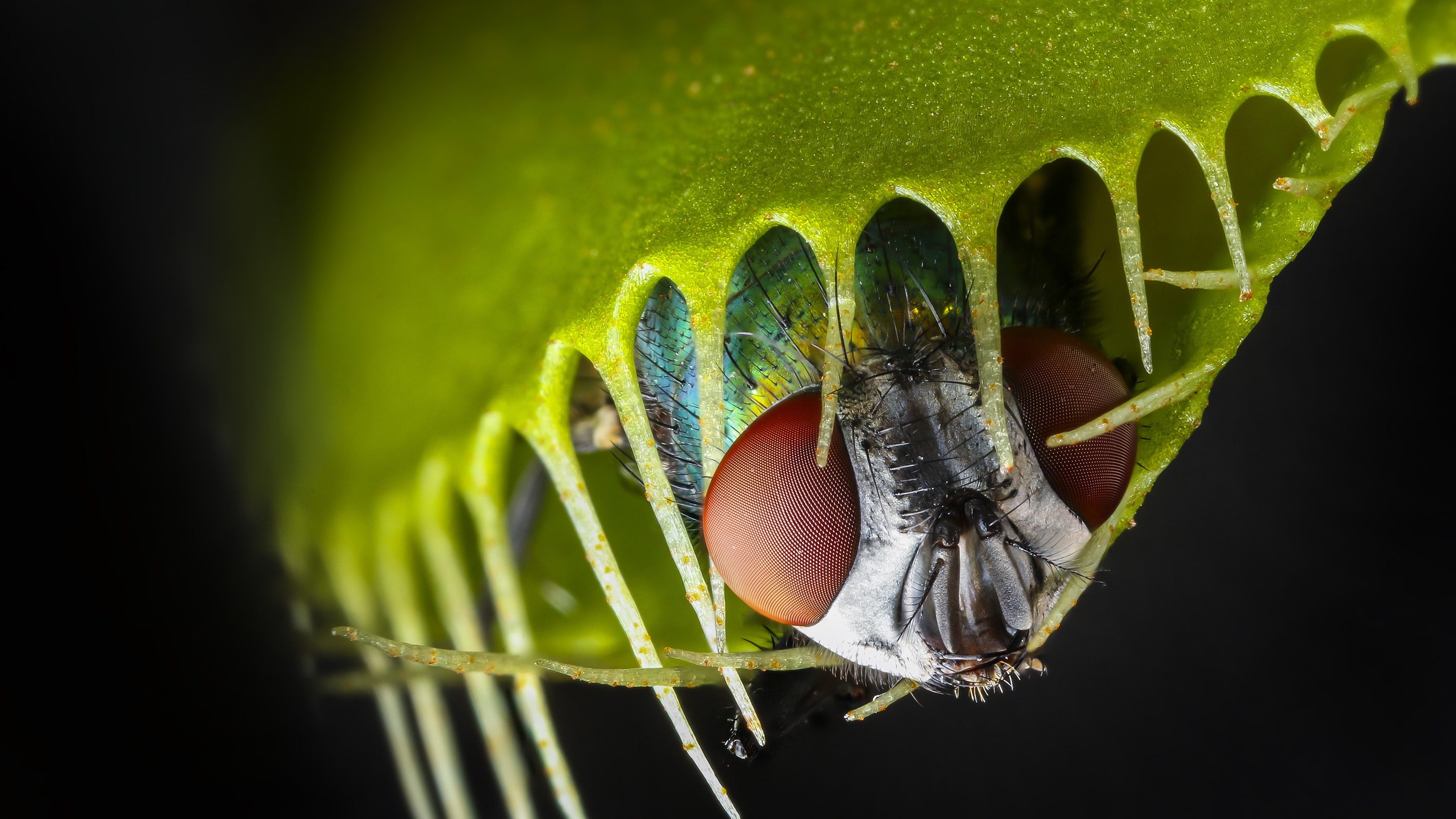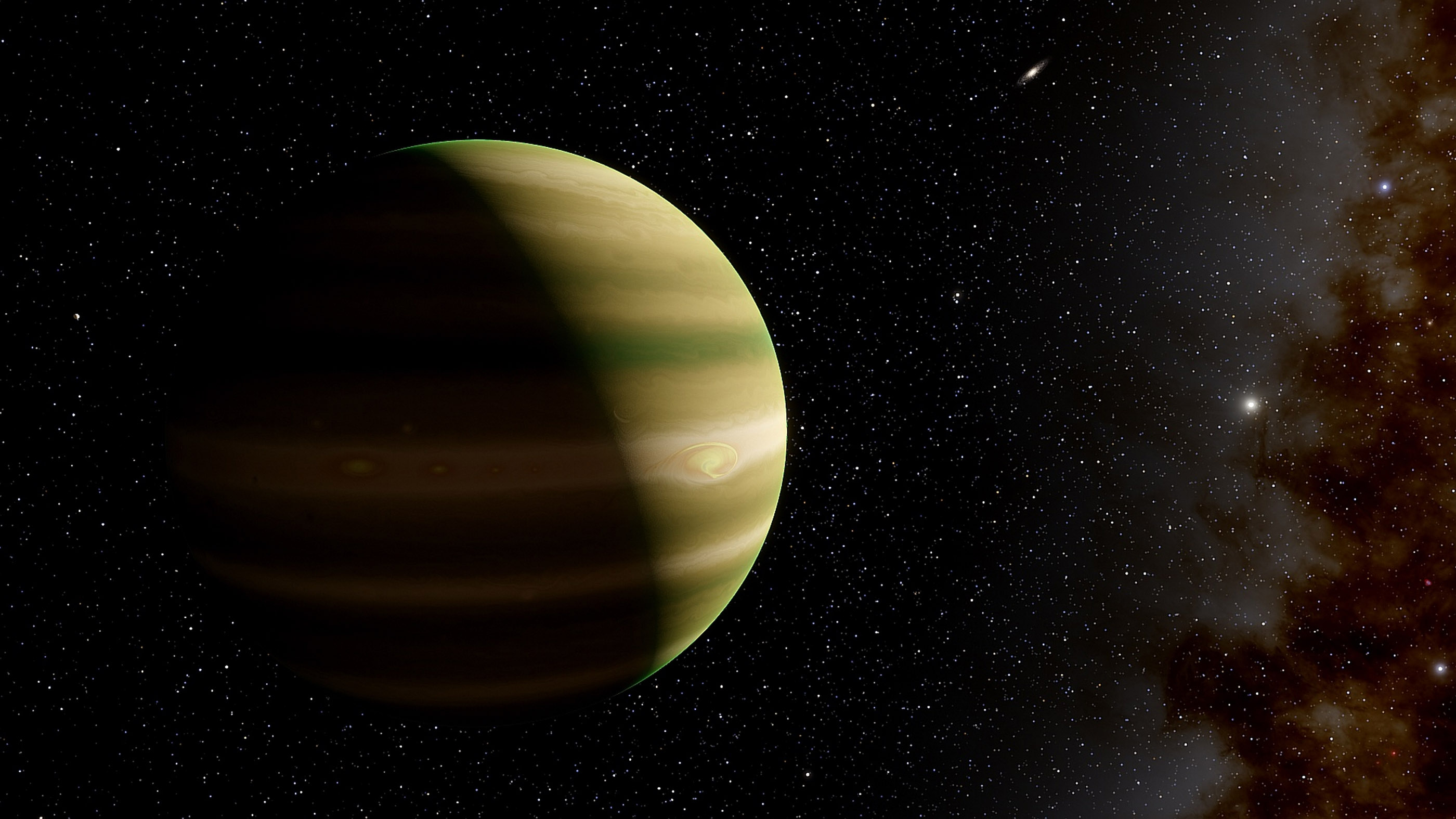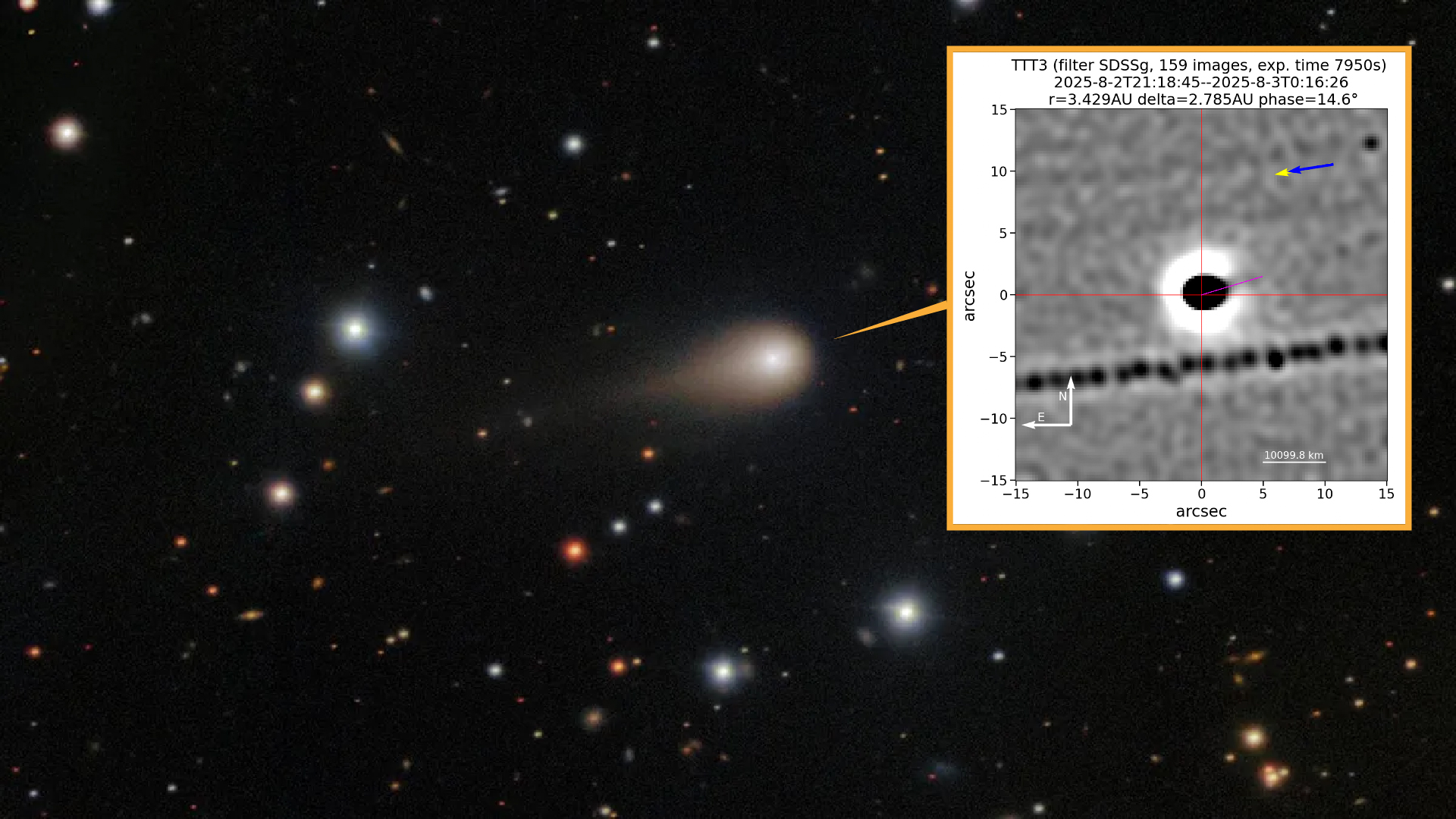
Diane Lincoln
Diane Lincoln is the author of "Science Discovery Files," a non-fiction science book published by World Scientific. She is a former science teacher, with two decades of
experience bringing fascinating science stories to life for her students. She holds a Doctorate in Education and has taught graduate-level courses in science education to
teachers wanting to hone their skills. She has written for online media outlets such as Live Science and Science News for Students. Diane has won awards for her fictional
stories and poetry in print media, and she has published a book of poetry.
Latest articles by Diane Lincoln

Our galaxy's supermassive black hole is closer to Earth than we thought
By Diane Lincoln published
The supermassive black hole hiding in the center of our galaxy is much closer to Earth, about 2,000 light-years closer, than scientists thought.

313-million-year-old track marks found in Grand Canyon
By Diane Lincoln published
The 313-million-year-old tracks were left by a tetrapod.

Physicists watch quantum particles tunnel through solid barriers. Here's what they found.
By Diane Lincoln published
A team of physicists has devised a simple way to measure the duration of a bizarre phenomenon called quantum tunneling.

Dogs may sense Earth's magnetic field and use it like a compass
By Diane Lincoln published
Some hunting dogs may be able to sense Earth's magnetic field and use it as a compass, scientists are now reporting.

Rare ghostly particles produced inside the sun just detected under a mountain in Italy
By Diane Lincoln published
For the first time ever, physicists have spotted rare, ghostly particles, called CNO solar neutrinos, produced by a weird kind of fusion inside the sun.

Scientists create a pattern so complicated it's impossible to duplicate
By Diane Lincoln published
Scientists just created a pattern that, according to researchers, is impossible to duplicate or forge, a feat that could quash counterfeiters.

Rare quadruplet 'top quarks' created at world's largest atom smasher
By Diane Lincoln published
The world's largest atom smasher has "given birth" to a set of four ultraheavy particles — called top quarks.

Here's how plants became meat eaters
By Diane Lincoln published
Carnivorous plants began evolving about 70 million years ago, when an ancestor duplicated its entire genome, allowing some genes to be repurposed for hunting.
Get the world’s most fascinating discoveries delivered straight to your inbox.


